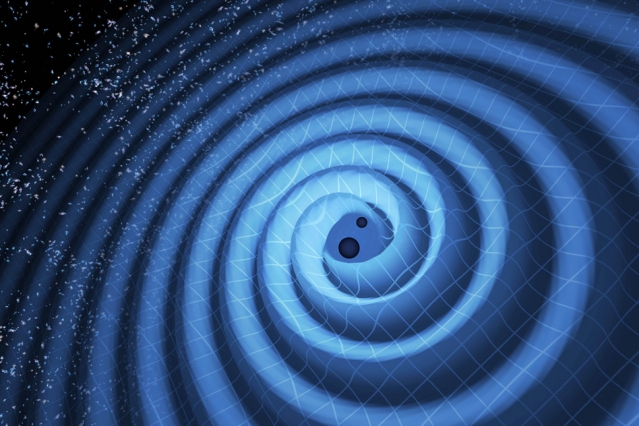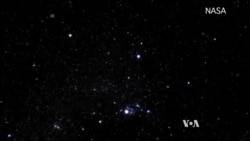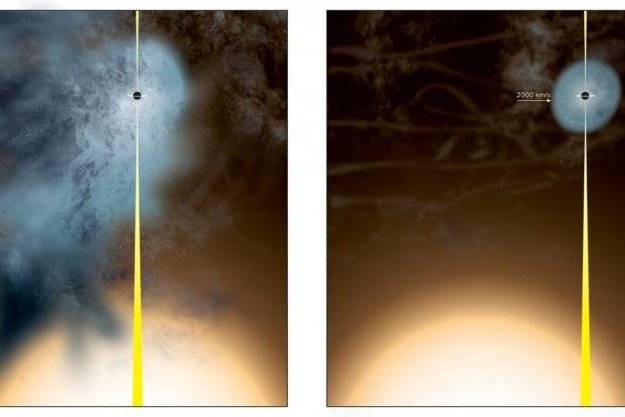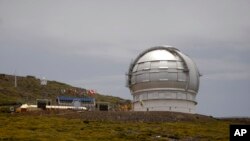ScienceRocks
Democrat all the way!
- Banned
- #1
LIGO detects gravitational waves again from colliding black holes

Understanding the nature of gravity is important in understanding how our universe works. Maybe with such a understand intelligent people could work to figure out how it all ties in. Maybe such understanding could lead to new physics that allow for the energy for "warp drive".

For the second time, scientists have directly detected gravitational waves — ripples through the fabric of space-time, created by extreme, cataclysmic events in the distant universe. The team has determined that the incredibly faint ripple that eventually reached Earth was produced by two black holes colliding at half the speed of light,...
Understanding the nature of gravity is important in understanding how our universe works. Maybe with such a understand intelligent people could work to figure out how it all ties in. Maybe such understanding could lead to new physics that allow for the energy for "warp drive".





